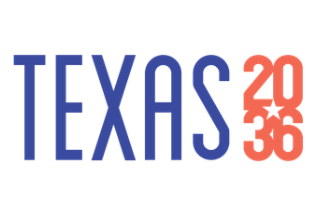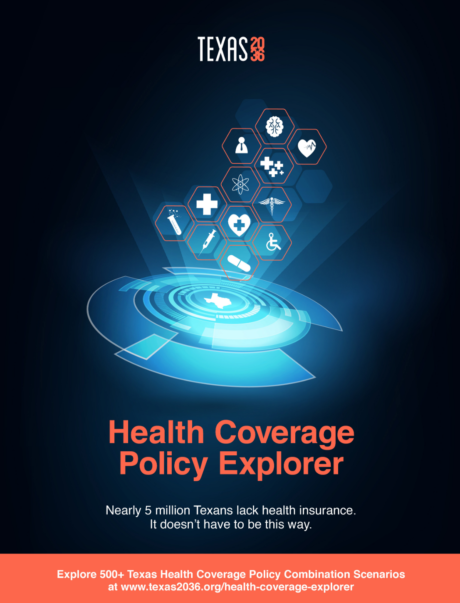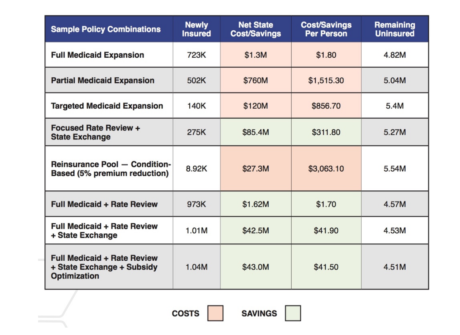Texas 2036’s Health Coverage Policy Explorer is a new online tool that allows Texans to explore the costs and benefits of more than 500 different possible policy combination scenarios available to Texas legislators during the 87th Legislative Session to address the high uninsured rate in Texas.
Key Highlights:
- The cost of health coverage is Texas is higher than the national average and has risen more than 4% per year between 2010 and 2019. Coverage is unattainable for low-income Texans: Texas Medicaid eligibility requirements set a maximum annual income of 14% of the Federal Poverty Level for parents (that’s $3,500 a year for a family of four) with no eligibility for able-bodied childless adults.
- Providing affordable health insurance options to more Texans will increase Texans’ ability to get healthcare when they need it, reduce the likelihood that Texas families postpone or skip critical care, and reduce the threat of significant medical debt and bankruptcy.
- To optimize coverage and cost, the Health Coverage Policy Explorer demonstrates that Texas elected officials need to access the Enhanced 90% Federal Matching Funds. In order to do this, Texas must include policy options that maximize Medicaid eligibility by increasing eligibility to those at or below 138% of the federal poverty level, a policy that 63% of Texans agree with. By accessing the Enhanced Federal Matching Funds, Texas can make dramatic increases to coverage at virtually no cost to the state.
- Reform of Texas’ Affordable Care Act Marketplace would expand coverage, lower premiums, and bring additional federal dollars to Texas.
- However, reinsurance pools, a frequently discussed reform for the ACA Marketplace, offer surprisingly little value to Texas taxpayers.
- For a Texas plan to significantly and cost-effectively increase the number of insured Texans, Texas lawmakers must adopt a full range of policies given our high uninsured rate.
- For instance, increasing eligibility to 138% of the federal poverty level and improving Texas’ ACA Marketplace would allow Texas to provide health insurance coverage to 1 million more Texans for under $2 per person per year because the federal government would send an additional $5.3 billion to Texas each year.


